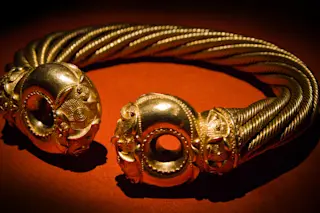Last year, physicists at the University of Rochester demonstrated room temperature superconductivity in a sample of carbonaceous hydrogen sulfide at about 15 degrees Centigrade.
But there was also a problem: the demonstration took place at huge pressures — 267 gigapascals, about two thirds of the pressure at the center of the Earth. The researchers achieved this in tiny quantities of material inside a diamond anvil that crushed its contents with mind-boggling forces. These forces allow new exotic lattice structures to from and in some cases even new molecules and these made superconduction possible.
These materials are not easy to exploit. Superconductors allow electrical current to flow with zero resistance and so are hugely efficient. The dream of materials scientists is that room temperature superconductors will transform everything from power supplies to magnetically levitated transport systems to high performance supercomputers. But if enormous pressures are required, the prospect of achieving these ...














